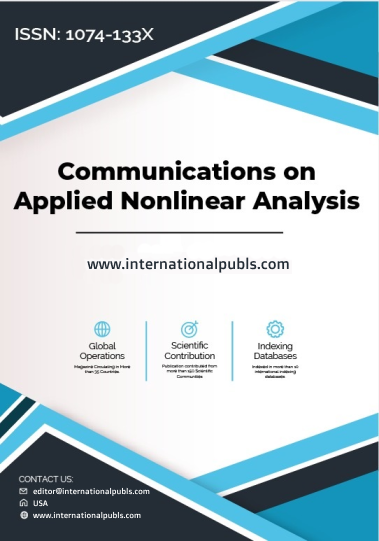Improved Medical Image Enhancement by Optimized Features and Parameters using Convolution with Grey Wolves Approach
Main Article Content
Abstract
Ultrasound imaging is a cornerstone in medical diagnostics, valued for its non-invasive nature, cost-effectiveness, and widespread accessibility. This imaging modality is critical in the early detection of a variety of conditions, particularly amidst the rising global prevalence of chronic diseases. Despite its numerous advantages, ultrasound imaging is frequently compromised by speckle noise, which can obscure crucial anatomical details and potentially lead to diagnostic inaccuracies. Addressing this issue, the paper introduces an innovative approach combining a Convolutional Neural Network (CNN) with Grey Wolves Optimization to enhance ultrasound image quality by optimizing features and parameters for noise reduction. This method leverages the strengths of both advanced machine learning algorithms and nature-inspired optimization techniques to efficiently and effectively reduce speckle noise without sacrificing critical image details. Our experiments, conducted across various types of ultrasound images, demonstrate that the proposed method not only significantly outperforms traditional denoising techniques like Kuan-NLM, Anisotropic Diffusion, and Wavelet-based methods in terms of PSNR, SSIM, NCC, and UQI metrics but also maintains a competitive processing time. The optimized NLM filter, in particular, showcases remarkable noise suppression capabilities while preserving essential features, thereby greatly enhancing the diagnostic utility of ultrasound images. The implementation of this method in clinical settings could potentially lead to quicker, more accurate diagnoses without the need for repeated scans, thereby reducing both patient discomfort and procedural costs. The results affirm the efficacy of combining CNNs with Grey Wolves Optimization, highlighting its potential to set a new standard in medical imaging enhancements. This study paves the way for further research into hybrid approaches that could refine diagnostic processes across various imaging modalities.
